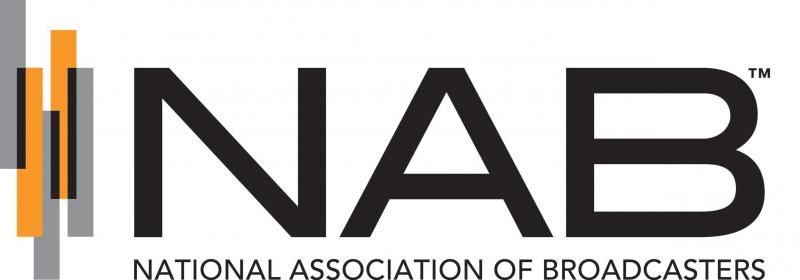NAB says method for calculating TV coverage will cause instability
The NAB has told the FCC that its way of calculating TV station coverage areas and interference might negatively affect the upcoming spectrum auction and parts of it might be illegal.
The dispute was revealed in a filing with the commission that detailed the contents of a recent meeting that included top NAB and FCC officials. The meeting focused on whether the FCC had the authority to revise OET-69, the methodology used to calculate TV coverage area.

“By making substantive alterations to OET-69 at this stage of the process, NAB explained that the commission was inviting unnecessary delay into the process, and would cause widespread uncertainty for broadcasters who may be deciding whether to participate in the auction and how to go about protecting their viewers in the event they do not,” the NAB said in the filing.
Earlier in this month, the FCC announced new software, called TVStudy, that it said would be used determine TV station coverage areas and the potential for interference when the commission repacks broadcast station spectrum after the auction.
It would also affect which stations could be carried by satellite operators, an issue that will arise later this year with in the reauthorization of the Satellite Television Extension and Localism Act. Hearings begin on the satellite issue next week by the House Communications Subcommittee.
The NAB told the FCC that using the software would result in inconsistent protection for stations. It would “create instability in the process that can only serve to undermine the auction that NAB and other industry players are working extremely hard to make work as Congress intended.”
Specifically, the NAB had three criticisms with the FCC’s revision: the commission’s authority to change it, why it was done as a notice rather than a rulemaking and that it will create instability among broadcast stations.
The changes, the NAB argued, may violate the incentive auction law. The legislation says the FCC will make its best efforts to preserve “the coverage area and population served of each broadcast television licensee, as determined using the methodology described in OET Bulletin 69 of the Office of Engineering and Technology of the Commission.”
Changes in the repacking scheme could open up the auction for legal challenges. The NAB said it supports reviewing Bulletin 69, but that to do so now, “could invite unnecessary delay into the process and would cause widespread uncertainty for broadcasters who may be deciding whether to participate in the auction and how to go about protecting their viewers in the event they do not.”
A major change to the Longley-Rice signal propagation model used in the new software is that it will now be based on 2010 census data rather than 1990 census data. This means it reflects a 24 percent population increase and different population distribution.
Get the TV Tech Newsletter
The professional video industry's #1 source for news, trends and product and tech information. Sign up below.
